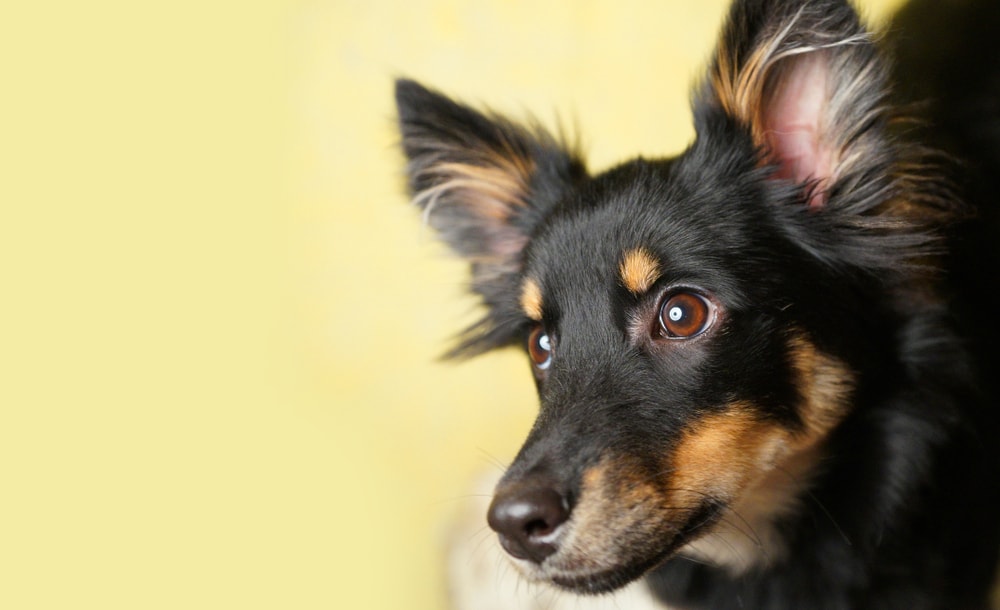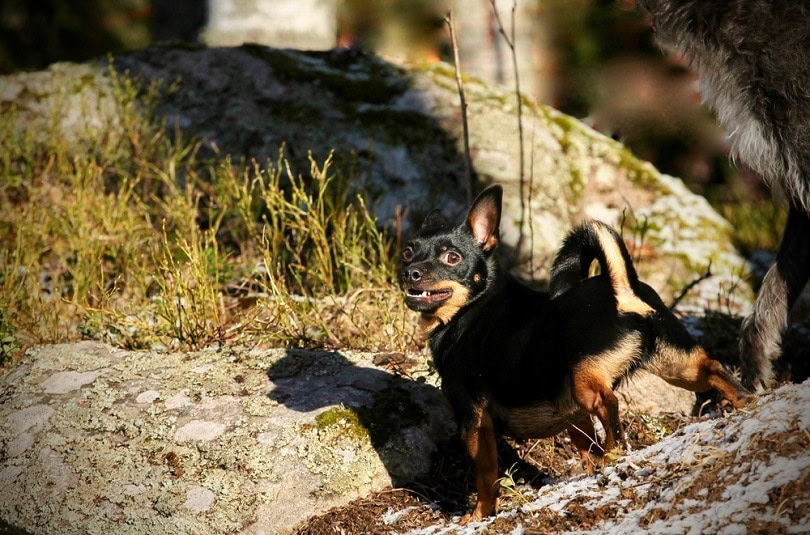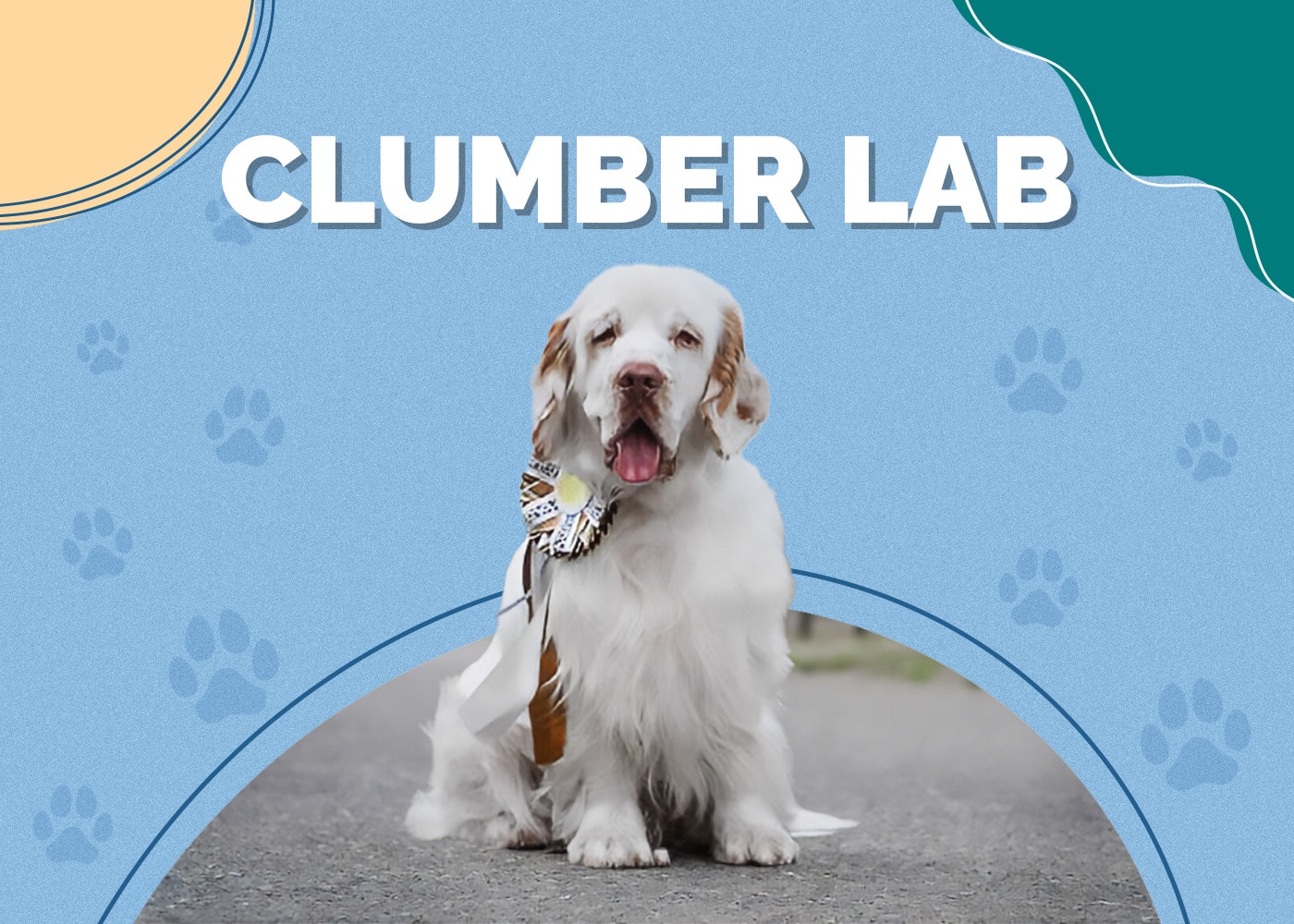Lancashire Heeler | Dog Breed Info: Pictures, Characteristics & Facts

Updated on

| Height: | 10 – 12 inches |
| Weight: | 9 – 17 pounds |
| Lifespan: | 12 – 15 years |
| Colors: | Black, Brown, Fawn, Sable, Brindle |
| Suitable for: | Active families |
| Temperament: | Affectionate, intelligent, multi-purpose |
The Lancashire Heeler breed is a medium to high energy canine. They are well-known for their intelligence and versatility. They can learn to do practically everything. They are sturdy and well-fitting for most climates. They have a weather-resistant coat that requires little maintenance.
A Lancashire Heeler’s small size makes them reasonably charming. They are sometimes considered apartment dogs, but they do need quite a bit of exercise. This is not a dog breed you could leave at home all day.
Lancashire Heeler Puppies

Lancashire Heelers are small and sturdy dogs that were made to work. Unlike other small dogs, they are not the cuddliest dogs and are not going to lay around the house all day. They have herding instincts on top of terrier instincts, which makes them great in various situations. They can be used for herding livestock and chasing off rats.
There are few of these dogs left in the world. They are on the Endangered Breed list of the UK Kennel Club, as there are few breedable Lancashire Heelers left. They have a small gene pool, which increases the chance of genetic disorders. This is one of the main reasons we rated them so low on health. They weren’t originally unhealthy dogs, but the smaller gene pool has given a hit to their overall health.
Since they do have so many health issues, finding a reputable breeder is important. This will ensure that you get the healthiest dog possible. However, with their being so few of these dogs left, finding a breeder can be difficult, so you may have to wait awhile and be willing to travel in order to get a Lancashire Heeler.
3 Little-Known Facts About the Lancashire Heeler
1. The Lancashire Heeler is a rare breed.
There are few of these dogs left. Worldwide, it is expected that there are only about 5,000 dogs left. There are currently breeding programs functioning to bring this dog breed back from the brink.
2. These dogs ‘smile’.
In some situations, these dogs will pull their lips back to smile like a human. This is not an aggressive display, though it can be interpreted as one by those unfamiliar with the breed.
3. The Lancashire Heeler is also known as the Ormskirk Terrier.
The name comes from the fact that the dogs were common in the Ormskirk area of West Lancashire.
Temperament & Intelligence of the Lancashire Heeler 🧠
Lancashire Heelers love their people and are very loyal. They are generally well-behaved and happy. They do not have any aggressive tendencies or guarding instincts. However, they can be a bit stubborn due to their terrier nature.
They aren’t the friendliest dogs and can be a bit wary of strangers. But they are not aggressive in the least. They are devoted to their family and are very good with children, making them a good family dog. However, because they are so small, young children can hurt them, so interactions need to be supervised.
They usually get along great with other dogs and cats. They do not have exceptionally high pretty instincts, so they usually do fine with smaller pets as well. They may try to “herd” them, which can cause problems. Because they are smaller, they do fine in apartments as long as they get plenty of exercises.
Are Lancashire Heelers Good for Families? 🏡
They can be. They bond quickly with members of their family, though they usually keep their distance from strangers. They do best in families without small children. They are sturdy, but small children can injure them, which can create hurt feelings on both sides.
In families with older children, these dogs are perfect, however.
Do Lancashire Heelers Get Along with Other Pets? 🐶 😽
In most cases, yes. They get along correctly with other dogs and larger cats. However, they may occasionally try to “herd” animals. This may cause fights since their herding style involves a lot of nipping.
They do not have high prey instincts, though, so they do not typically chase small animals.
Things to Know When Owning a Lancashire Heeler:
Food & Diet Requirements 🦴
These dogs do not have any particular dietary requirements. They need the same vitamins and minerals as any other dog. However, they do best on a high-protein diet, as they are quite active and need the extra protein to support their muscles.

They are smaller, so they don’t need that much food. Because of this, it is much easier to afford higher quality food. Because they may be prone to some health problems, we recommend purchasing the highest quality food as you can afford. This may prevent some diet-related health problems.
If they don’t get enough exercise, they can be prone to obesity. They love food so they may overeat.
Exercise 🐕
Lancashire Heelers need a lot of exercise and mental stimulation. They are very energetic and built to go, go, go. Because of this, they do need more exercise than your average small dog. They are eager to play and love spending time with their people. Because of this, they may not fulfill their exercise needs if left to their own devices. You will need to walk and play with them to ensure that they get enough exercise.
They should be taken on walks multiple times and day and played with in a yard (which should preferably be fenced-in). These dogs do love to play practically any game. They’re smart enough for stuff like hide-and-seek and puzzle toys, so those are all excellent options to consider.
They can be apartment dogs as long as they get plenty of exercise.
Training 🦮
Lancashire Heelers are intelligent and eager to please. They can go through stubborn streaks, however. Early training is essential to avoid this problem. Because they love their people so much, they often will listen to you to please you. They are usually smart enough to do just about everything.
If socialized properly, they are very friendly around strangers. They are naturally a bit wary, so training and socialization is necessary.
Grooming ✂️
These dogs are very low maintenance. They do not require any trimming or anything of that sort. They only need a bath if they get dirty. You should only bathe them after they roll in mud or something of that sort. Of course, you should also check them for fleas and ticks regularly – even if you aren’t giving them a full bath.
When you do bath them, you need to ensure that you dry them thoroughly. Their undercoat is very thick and can stay wet for a long time. This can even cause fungal infections in extreme cases.
Like all dogs, they will need their nails trimmed regularly, and their teeth brushed daily. This is basic maintenance that is important for your dog’s health.
Health and Conditions ❤️
Initially, these dogs were relatively healthy. However, currently, we are dealing with a tiny gene pool. This can cause genetic problems. Because of this, the health of this breed is currently going downhill. Some dogs can be quite unhealthy, though others may not have any health problems at all. It is especially important to adopt your puppy from a great breeder, as how they are bred has a lot to do with their health.
Most breeders will perform preliminary tests to check for everyday health problems. Make sure your breeder does these tests to ensure you’re receiving a healthy puppy.
- Patellar Luxation
- Cataracts
- Lens Luxation
Male vs. Female
There is little difference between male and female Lancashire Heelers. So if you’re thinking about getting one or the other, it’s really just a matter of personal preference. Just keep in mind that because this breed is so rare, if you do find a breeder, you may not have a choice between male and female, as you may be put on a waiting list and just have to take the first dog that becomes available.
Whichever sex you get, it’s important to spay or neuter your dog, especially since these dogs are so prone to health issues. Spaying and neutering can help reduce the risk of certain types of cancers, and it also prevents unwanted litters of puppies. Unregulated breeding to these dogs can further contribute to health problems in the breed.
 Final Thoughts
Final Thoughts
These small dogs are a mix between a herding dog and a terrier. They are energetic like a terrier but have the herding instincts common among herding dogs. They are incredibly unique because of this. They do best in families without small children due to their smaller size. However, they are great family dogs when trained and socialized from a young age.
Unlike many small dogs, they need a lot of exercise. However, their grooming needs are practically nonexistent. They do not need to be groomed regularly beyond nail trimming and teeth brushing. They are considered very low maintenance, but you do need to consider their high exercise needs before adopting one.
Because they are a rarer breed, their gene pool is relatively small. This makes them less healthy than other canines out there, though they absolutely are not the unhealthiest dog breeds out there. Most of their health problems are related to their eyes.
Overall, these dogs can be a good option for families that are active and have the time to commit to their exercise needs.
See also:
- 23 Boston Terrier Mixes That Are Pawesome (with Pictures)
- Australian Cattle Dog vs Australian Shepherd: What’s the Difference?
Featured Image Credit: LNbjors, Shutterstock














